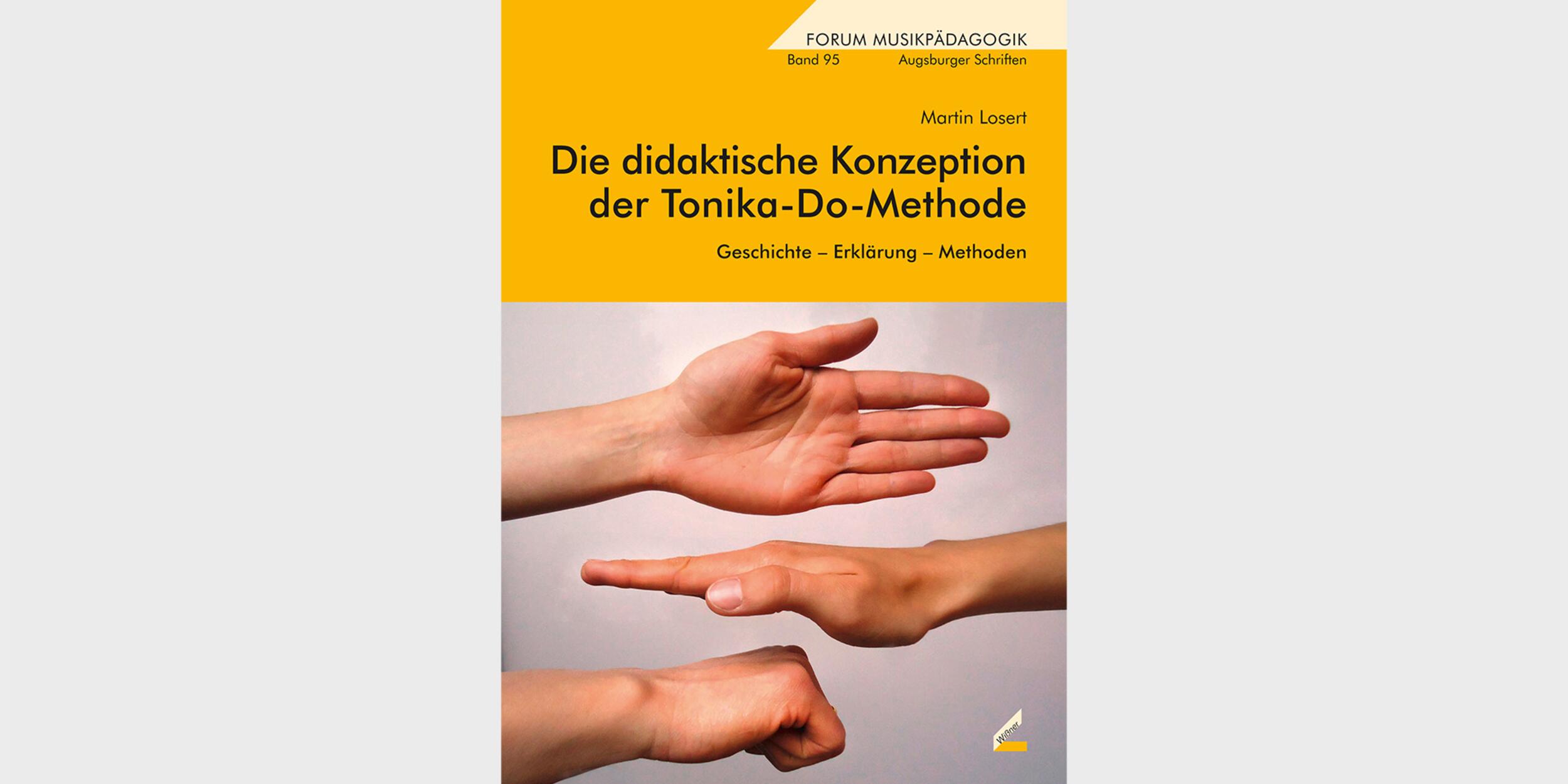The Tonika-Do method. History, explanations, methods

This publication attempts to describe and interpret the special characteristics of the tonic-do method. The emphasis of the presentation is on the one hand on historical details that explain how and under what conditions the method came into being, developed, and for what reasons it ultimately fell out of use again in music teaching.
On the other hand, the special methodology of Tonika-Do is presented. From the original ideas of Guido of Arezzo grew the medieval solmization. Later developments were the French numeral method and the English tonic solfa method, on which Tonika-Do is directly based. The actual genesis of the tonic-do method, however, cannot be separated from the social and historical conditions to which the main protagonists of the tonic-do movement were subjected.
A special characteristic are the diverse means of thinking and practicing, as shown in the solmization syllables, the hand signs, the rhythmic language and the various relative forms of notation. Together with the five-step teaching system, they represent the methodological core of the conception of Tonika-Do and are used to convey an inner musical ear. The comparison with other music pedagogical approaches shows that the Tonika-Do method still offers a meaningful and enriching repertoire of methods today.